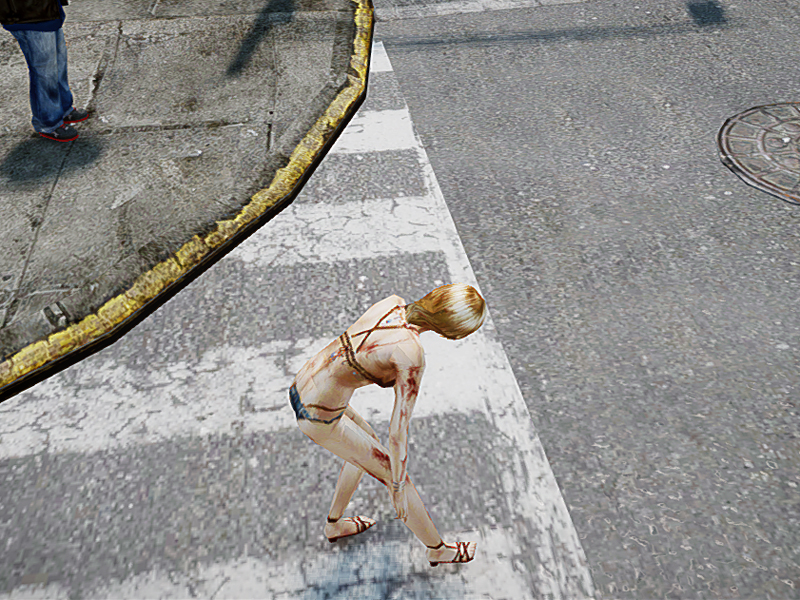


Each sample was distributed over a grid paper (21.0 × 29.7 cm 25 grid cells of 4.2 × 5.9 cm) with 200 randomly distributed points. MethodsĪ total of 23 large mosquito samples (397–4713 specimens per sample) were compared in order to evaluate five subsampling methods for the estimation of the number of specimens and species: area, volume, weight, selection of 200 random specimens and analyses with an image processing software. However, a comprehensive evaluation of the reliability of different subsampling methods is missing. Processing a fraction of a sample using a subsampling method can significantly reduce the processing effort. Guidelines for Reliable Long Line 1-Wire NetworksThe analysis of large mosquito samples is expensive and time-consuming, delaying the efficient timing of vector control measurements. How to Power the Extended Features of 1-Wire® Devices Introduction to Medical Instruments and Growing Trend for Point-of-Care and Near-Patient Testing Interfacing the DS18X20/DS1822 1-Wire® Temperature Sensor in a Microcontroller Environment Using the DS2480B Serial 1-Wire® Line Driver White Paper 5: Using 1-Wire APIs for Data Sheet Commands
Understanding and Using Cyclic Redundancy Checks with Maxim 1-Wire and iButton Productsġ-Wire Communication Through Software | Maxim Integrated Package Thermal Resistance Values (Theta JA, Theta JC) for Temperature Sensors and 1-Wire Devicesġ-Wire Communication with a Microchip PICmicro MicrocontrollerĬurve Fitting the Error of a Bandgap-Based Digital Temperature SensorĭS18B20-PAR/DS18S20-PAR/DS1822-PAR Advantages for Remote Temperature Sensing Single-Wire Serial Bus Carries Isolated Power and Data Applications that can benefit from this feature include HVAC environmental controls, temperature monitoring systems inside buildings, equipment or machinery, and process monitoring and control systems.ġ-Wire Parasite-Power Digital Thermometer It has an operating temperature range of -55☌ to +100☌ and is accurate to ☐.5☌ over a range of -10☌ to +85☌.Įach DS18B20-PAR has a unique 64-bit identification code, which allows multiple DS18B20-PARs to function on the same 1-wire bus thus, it is simple to use one microprocessor to control many DS18B20-PARs distributed over a large area. The DS18B20-PAR communicates over a 1-Wire® bus, which by definition requires only one data line (and ground) for communication with a central microprocessor. The DS18B20-PAR does not need an external power supply because it derives power directly from the data line ("parasite power"). The DS18B20-PAR digital thermometer provides 9 to 12-bit centigrade temperature measurements and has an alarm function with nonvolatile user-programmable upper and lower trigger points.


 0 kommentar(er)
0 kommentar(er)
